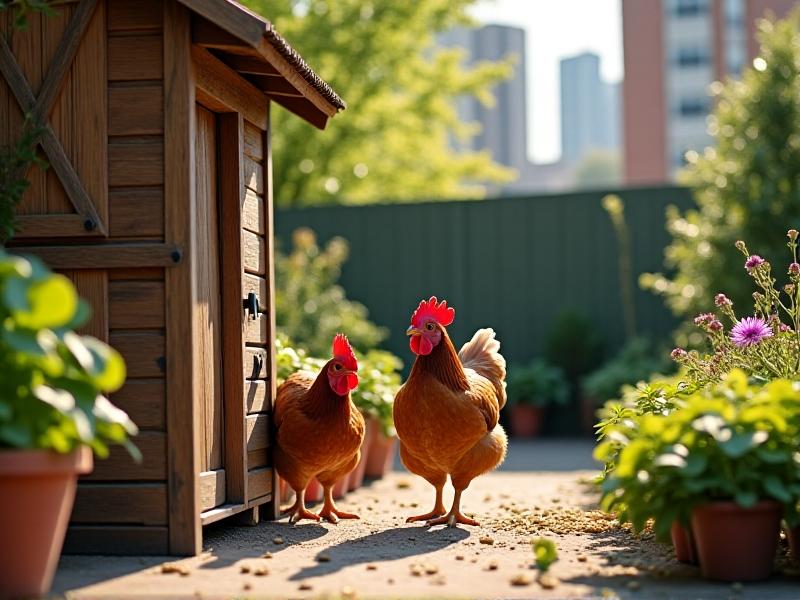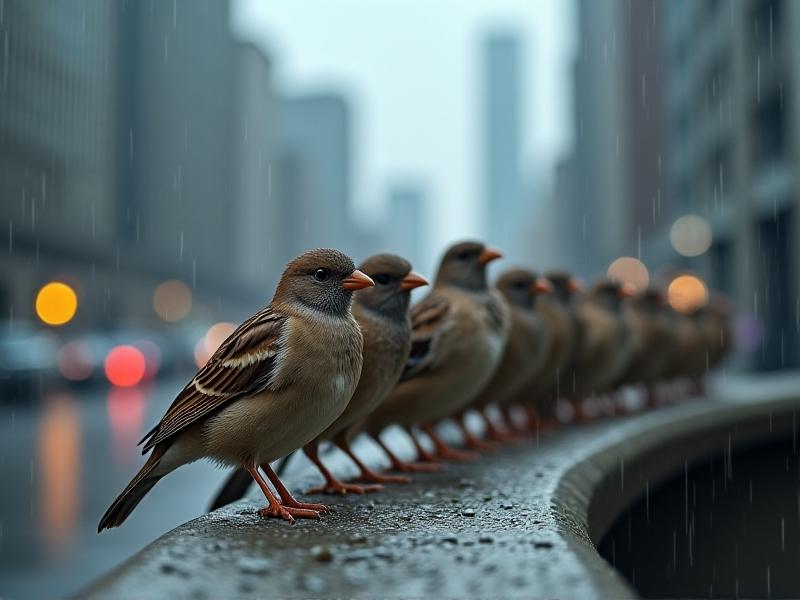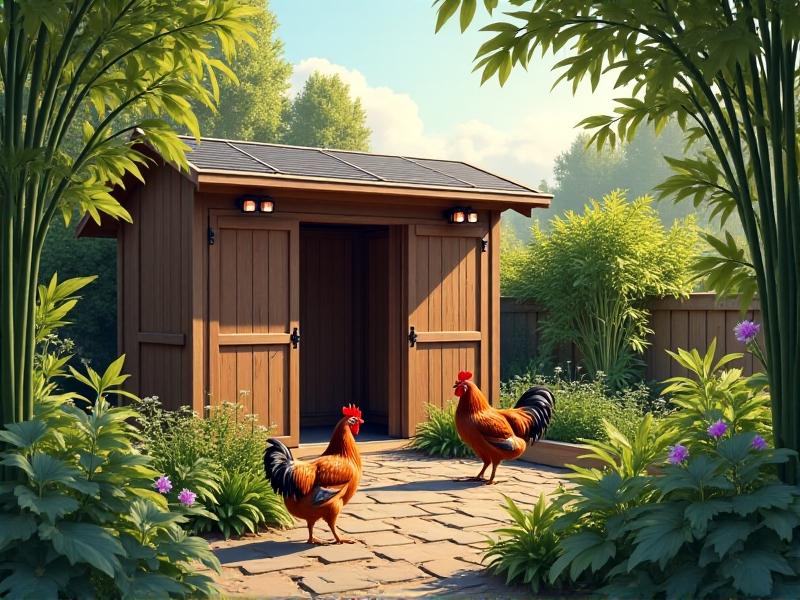Water Quality Solutions for City Chicken Keepers
Why Water Quality Matters for Urban Chickens
Raising chickens in the city offers fresh eggs and a connection to nature, but clean water is often overlooked as a critical factor. Chickens consume twice as much water as feed, and contaminated water can lead to disease, reduced egg production, and even mortality. Urban environments pose unique risks: aging pipes, chemical runoff, and air pollution can introduce heavy metals, chlorine, and pathogens into water sources. A proactive approach to water quality ensures healthier flocks and safer food outputs.
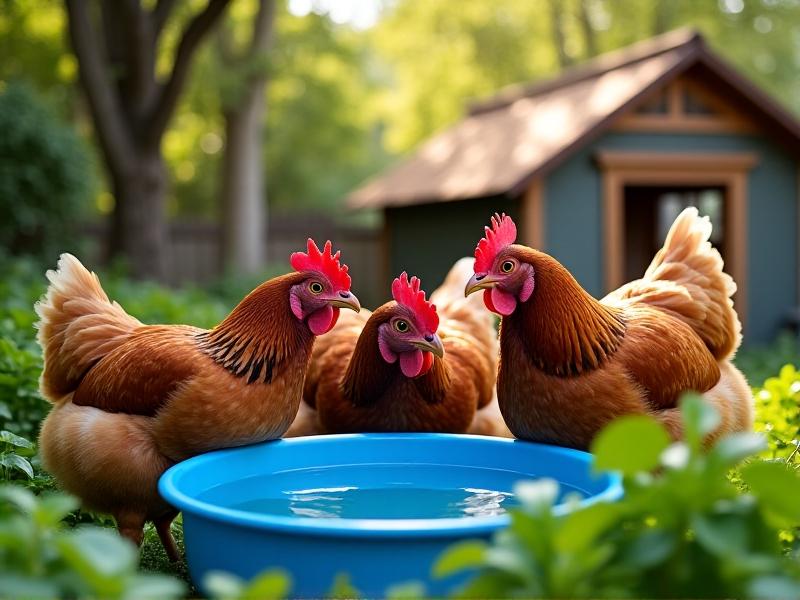
Common Contaminants in City Water Sources
City water often contains chlorine, fluoride, and trace pharmaceuticals, while rainwater collected in urban areas may harbor pollutants like lead from rooftops or pesticides from nearby gardens. Bacterial growth in waterers—such as algae or Salmonella—thrives in warm weather, and stagnant water attracts pests like mosquitoes. Heavy metals from industrial areas or old plumbing can accumulate over time, causing long-term health issues. Identifying these risks is the first step toward mitigation.
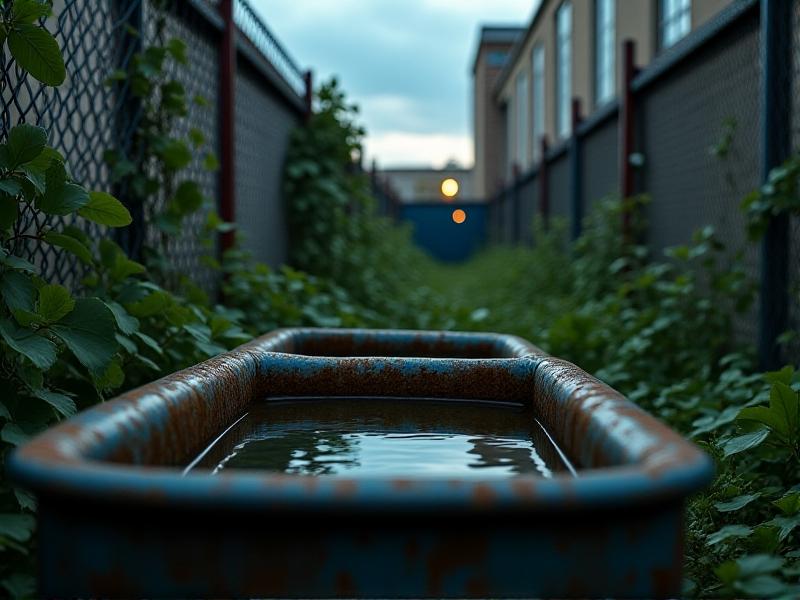
Testing Your Water: DIY Kits vs. Professional Labs
Simple test strips can detect pH, chlorine, and nitrates in minutes, but lab tests are essential for identifying heavy metals or bacteria. Local agricultural extensions often offer affordable testing services. For rainwater, test after the first flush to avoid roof debris. Regular testing—especially after storms or plumbing work—helps track changes and adjust filtration needs. Document results to spot trends and share with veterinarians if health issues arise.
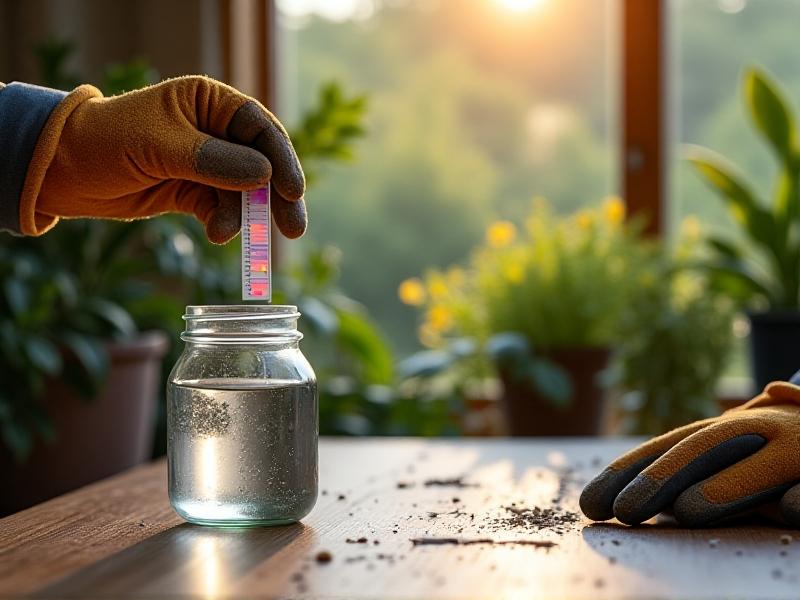
Choosing the Right Filtration System
Carbon filters remove chlorine and odors, while reverse osmosis systems eliminate heavy metals and pathogens. UV filters are effective against bacteria but require electricity. For small coops, gravity-fed ceramic filters offer a low-cost solution. Prioritize systems with easy maintenance—replaceable cartridges or cleanable parts—to ensure longevity. Pair filtration with covered waterers to prevent debris and pest contamination.
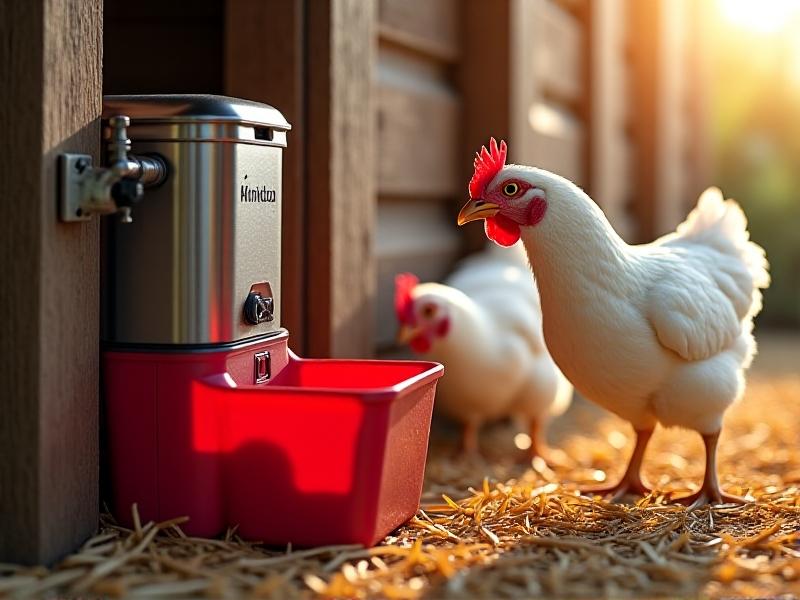
Natural Additives to Improve Water Safety
Apple cider vinegar (1 tablespoon per gallon) balances pH and inhibits bacterial growth. Garlic cloves or oregano leaves add antimicrobial properties, while probiotic supplements promote gut health. Avoid overuse of vitamins or electrolytes, which can cause imbalances. Herbs like mint or basil floated in waterers deter insects and add enrichment. Always provide untreated water separately to let chickens self-regulate intake.
Daily Maintenance Routines for Clean Water
Scrub waterers with vinegar and a brush daily to prevent biofilm buildup. Replace water every 24 hours in summer to avoid stagnation. Use nipple waterers to reduce spillage and contamination. Elevate containers on bricks to keep bedding out. In winter, check for ice formation twice daily. A 5-minute routine ensures water stays fresh and reduces disease risks significantly.
Seasonal Challenges and Adaptive Strategies
Summer heat accelerates algae growth—add a shade tarp over the coop and freeze water bottles to keep temperatures down. In winter, heated bases or aquarium heaters prevent freezing; avoid metal waterers that conduct cold. During rainy seasons, cover waterers to dilute rainwater runoff. Adjust filtration and additives seasonally, and monitor consumption patterns for early signs of stress.
Community Initiatives for Sustainable Water Solutions
Urban collectives can install shared rainwater harvesting systems with first-flush diverters. Advocate for municipal water testing programs tailored to poultry keepers. Organize workshops to teach DIY filtration or rainwater safety. Collaborate with local farms to bulk-order filters or supplements. By pooling resources, city chicken enthusiasts can lower costs and create safer environments for all flocks.


